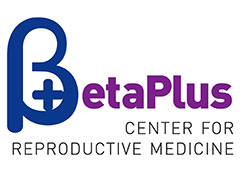According to Croatian Law on Medically Assisted Reproduction, up to two or three (in specific cases) embryos can be transferred during embryo transfer procedure. Therefore, if we have more than four embryos after 72 hours of culture, we will prolongue the culture of surplus embryos until blastocyst stage.
Blastocyst quality is rated according to criteria proposed by international embryologist society (The Istanbul consensus workshop on embryo assessment: proceedings of an expert meeting. Hum Reprod 2011; 26:1270-1283). This criteria is put in the footer of each of our discharge letter in patients with blastocyst available for embryo transfer.
When selecting embryos for cryopreservation we also apply recommendations of international embryologist society (The Alpha consensus meeting on cryopreservation key performance indicators and benchmarks: proceedings of an expert meeting. Reprod BioMed Online 2012; 25:146-167), and we freeze the following:
- Blastocysts which have the following grades on day 5 (116 ± 2h since cell insemination):
- blastocele of 2 to 4,
- inner cell mass of at least 2,
- trophoectoderm of at least 2.
- Blastocysts which have the following grades on day 6 (140 ± 2h since cell insemination):
- blastocele of at least 3,
- inner cell mass of at least 2,
- trophoectoderm of at least 2.
As an exception, we will freeze the embryos in earlier stages of development according to the following criteria:
Early embryos with regular blastomeres and with less than 20% fragmentation that have achieved the following developmental stages:
- four-cells on day 2 of culture (44 ± 1h since insemination),
- six to eight-cells on day 3 of culture (68 ± 1h since insemination),
- compactation on day 4 of culture (92 ± 2h since insemination).




